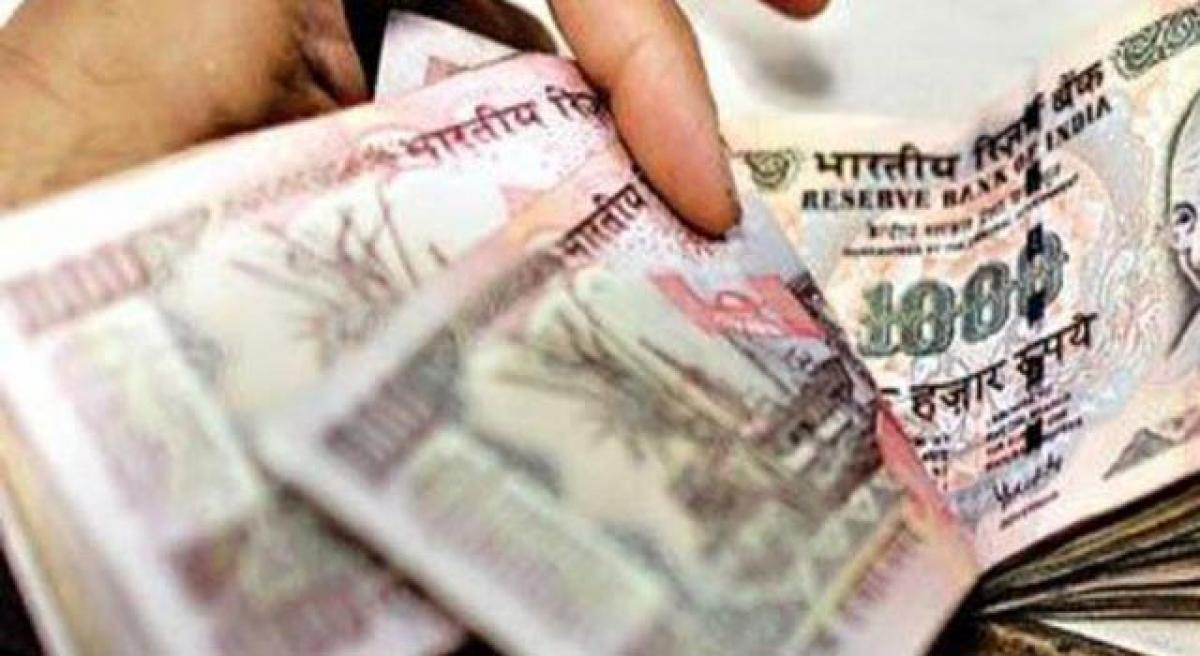Live
- Noel Tata appointed Chairman of Tata Trusts
- The Ultimate Guide for Indians to Select the Right Visa for Thailand
- Railway Loco Pilot killed by unknown assailant in Vijayawada Railway Station
- iOS 18.1 Release Coming Soon: Downgrades to iOS 18 Now Blocked
- Durga Navami 2024: Wishes, Greetings, and Status Updates to Share with Loved Ones
- Apple October 2024 Event: Leaked Features of the M4 MacBook Pro
- Maha Navami 2024: Worshipping Maa Siddhidatri – Puja Vidhi, Significance, and Bhog
- India’s ship recycling industry expected to grow at 10 pc CAGR by 2028
- Navratri Day 9: Maa Siddhidatri: The Ninth Goddess of Navratri
- Taekwondo association ex-Secy charged Rs. lakh for fake sports certificates: Rajasthan Police









